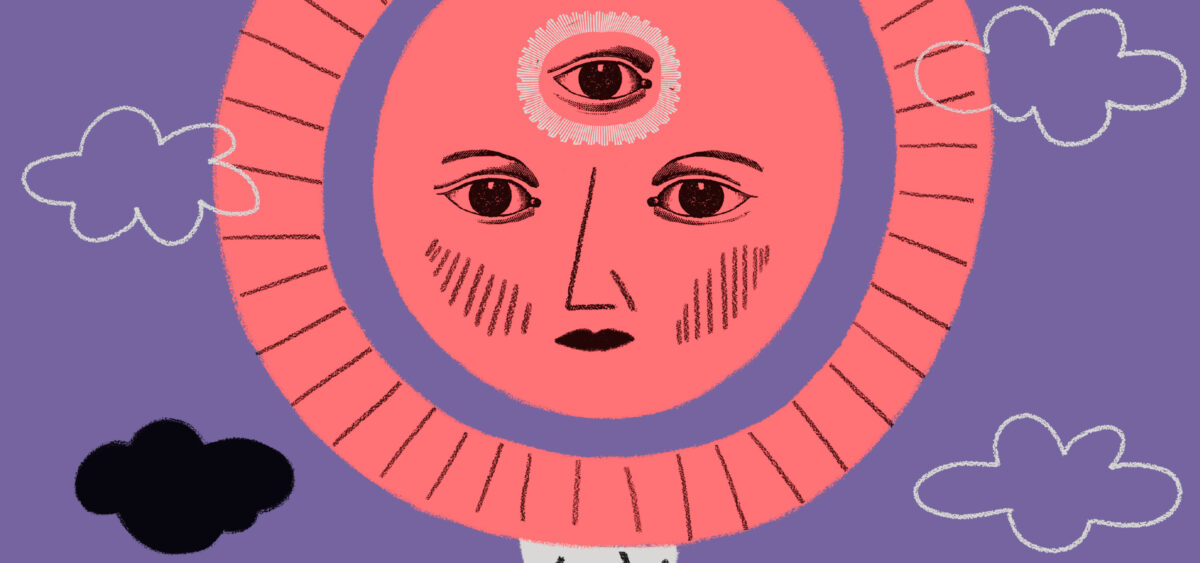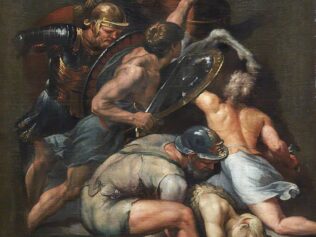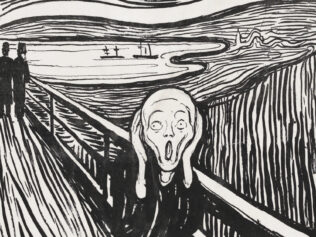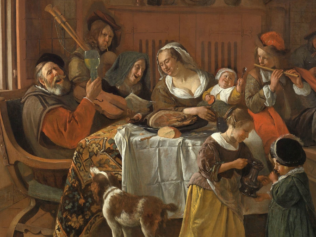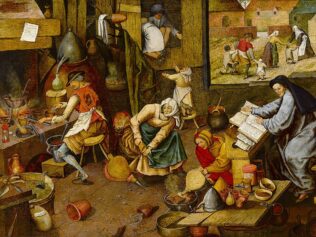
Many alchemists have tried their hand at the difficult art of transmutation, but a real breakthrough in this domain was made by Michał Sędziwój (known more commonly in English as Michael Sendivogius), an adept of the arcanum and secretary to King Sigismund III Vasa of Poland.
Michał Sędziwój (1566–??) received a good education that fell onto fertile ground – as a boy he had no need for a tutor who, with cane in hand, would have to encourage him to read. He devoured thick volumes, one after the other, spanning domains as distant from each other as astronomy and botany. But his greatest passion was alchemy. He personally met the great initiated minds of his age. We cannot, however, state that he did not have his feet on the ground – he proved to be an effective diplomat on several occasions, well-known even in the most prominent courts of 16th-century Europe.
During his lifetime, he had already become the author of works deemed as outstanding, in which he argued that air was a type of life-sustaining nourishment; today he is presumed to have discovered oxygen. His great accomplishments in the domain of alchemy gained the appreciation of Sigismund III himself. The Polish monarch, sensitive to the charm of the arcanum, granted Sędziwój quite an impressive space for his scientific research in the Krzywa Stopka (‘Crooked Foot’) Tower at the Wawel Royal Castle in Kraków. Sędziwój created his laboratory there, full of pots and alembics, with a large oven and ancient manuscripts, which, at the time, only he could understand and develop the thoughts contained therein.
There was a recommendation that was repeated in many books of alchemy, which stated that in order to create gold, human faeces had to be placed in a special glass vessel and heated to subject it to the long-term complex process of transmutation.
There was one issue here though. There was no chimney in the tower, so Sędziwój, to avoid being poisoned by toxic gases, used a makeshift chimney – a metal pipe that, following a twisted path, made its way out of the window. Unfortunately, during one of the trials, which was also being witnessed by the King, the outlet of the pipe was clogged by a family of magpies: the birds had built a strange nest in it from a variety of garbage. As the glass vessel was being heated, the smoke went back into the room, and the terrified participants of the experiment started to hurriedly retreat from the laboratory. Sigismund III hit a shelf that held an enormous book (probably the first Geneva edition of the Opera Omnia Medico-Chemico-Chirurgica by Doctor Paracelsus); the book fell onto a fire iron sticking out of the fire; the fire iron overturned glowing pieces of wood; the fire quickly spread to the entire laboratory. Due to logistic difficulties, buckets of water arrived at a pace that was disproportionately slow compared to the needs. The fire engulfed the entire tower, and started spreading to other parts of the Royal Castle. The fire was finally put out, but the damage was substantial. Consequently, the King made his decision to relocate the Royal seat to Warsaw.
The alchemist was deeply disappointed by the accident. Unlike the others, who knew only the false ‘common-sense’ reasons, he knew the truth. He knew that it was his fault alone that the fire had broken out: during the experiment, he hadn’t used human faeces, but bird faeces. The clogged chimney was the birds’ revenge for this malicious manipulation.
For many long months, Sędziwój fell into a state of bitterness.
Yet, in one inspired moment, he realized that if a bird can dispense justice, then nature is controlled by some kind of higher intelligence, and in spite of it all, the experiment confirmed the most significant thing of all. After all, who would be interested in gold in a world deprived of internal order?
At the same time, despite having not been in the best of moods, he never stopped believing in the life-giving properties of the air we breathe in. In the evenings, he would often lock himself up in the attic of the estate in Kravaře that he had been endowed with. There, he would do nothing more than sit and concentrate on his own nose; on inhaling and exhaling.
His knowledge of the order of things – and his constant inhaling of the life-sustaining substance – filled Sędziwój’s heart with deep peace and happiness. He would, on occasion, compare himself to a cat, as he sat there motionless. He noticed that his body started to radiate with a mysterious glow; the source of the light was near his navel.
Once, as he was sitting locked up in the game room with the abbot of the nearby monastery, he thought that he had seen King Sigismund III walking through Warsaw with a group of Italian architects, planning the Royal Gardens. Sędziwój, stupefied, realized that he could see over large distances. Or maybe this scene hadn’t even occurred yet? If that was true, he was foretelling the future. Or maybe it had already occurred after all? The days that followed brought new revelations; he experienced visions that abolished any temporal limitations, the future and the past no longer existed for him. Everything was happening at the same time, and he couldn’t decide which fragment of reality he wanted to see at a given moment.
But then something even more surprising happened. As the alchemist was walking along the edge of a stream and glancing at the place where his reflection should have been, he only saw a barely visible movement of clouds. He concluded that he had become the water he was seeing. No matter where he was, he became that place. Not in the way that a chameleon mimics its surroundings – it was more of an essential assimilation. When in the forest, he was a tree. If he was standing at the edge of the castle courtyard, he would turn into a wall. You could also say that he didn’t become invisible so much as he lost his clearly defined form and name. He was both in the world and beyond it at the same time.
He understood then that the experiment in the Crooked Foot Tower had been quite successful. He had managed to work the miracle of transmutation – he had, however, conducted the experiment on himself. In fact, it was he that was – as distasteful as the metaphor may seem – the pile of faeces that had been transformed into gold; into a glowing, invisible body, an immortal soul that to this day lives in elusive spaces, wondering in silence about his own story.*
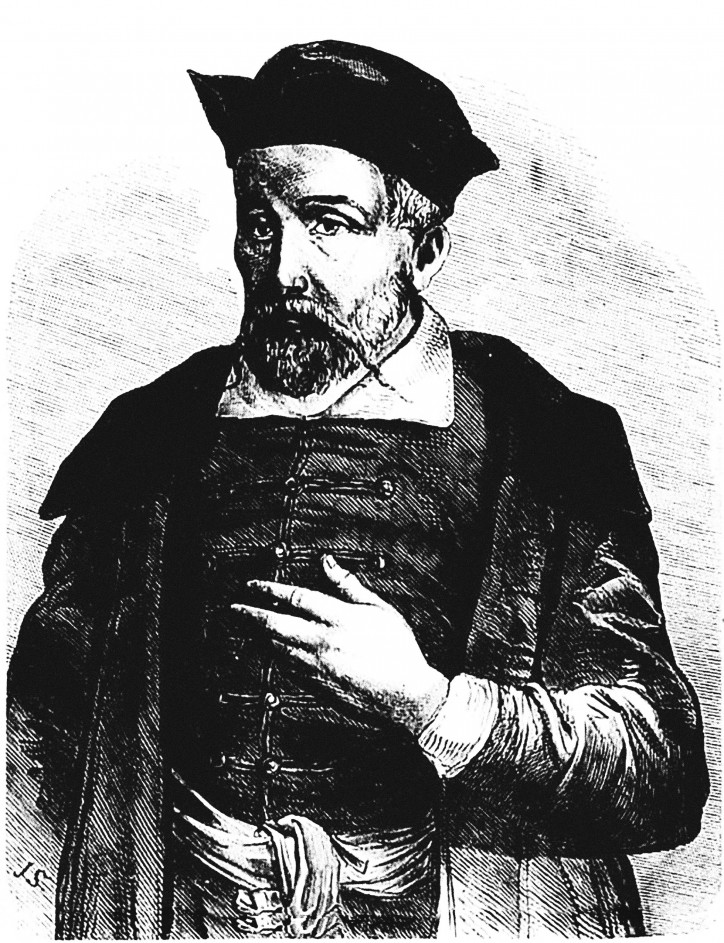
Drawing by Władysław Łuszczkiewicz, “Tygodnik Ilustrowany”, 1862
* The similarity of the history of Sędziwój with certain Taoist and Buddhist traditions is quite striking. For example, the alchemist referred to air as “life-giving nourishment”; the Chinese speak similarly of qi or the Hindus of prana, which are both understood as the life-sustaining force contained in the breath. The sages of the Far East, much like Sędziwój, devote a substantial part of their lives to remaining motionless and controlling their breath. The Pole had most likely discovered meditation – in an independent manner, as he could not have been familiar with these cultures. Thanks to prolonged practice, he achieved enlightenment, which entailed overcoming the limitations of the human body.
I used the following books:
Mircea Eliade. Yoga: Immortality and Freedom. Polish translation by Bolesław Baranowski. Warsaw: 1997, p. 192.
Lu K’uan Yü (Charles Luk). The Secrets of Chinese Meditation. York Beach, Maine: Weiser, 1991, p. 163.
Translated from the Polish by Mark Ordon
This extract is part of Not So Made-Up Stories (Historie nie do końca zmyślone) by Tomasz Wiśniewski published by PRZEKRÓJ Foundation in 2019.


